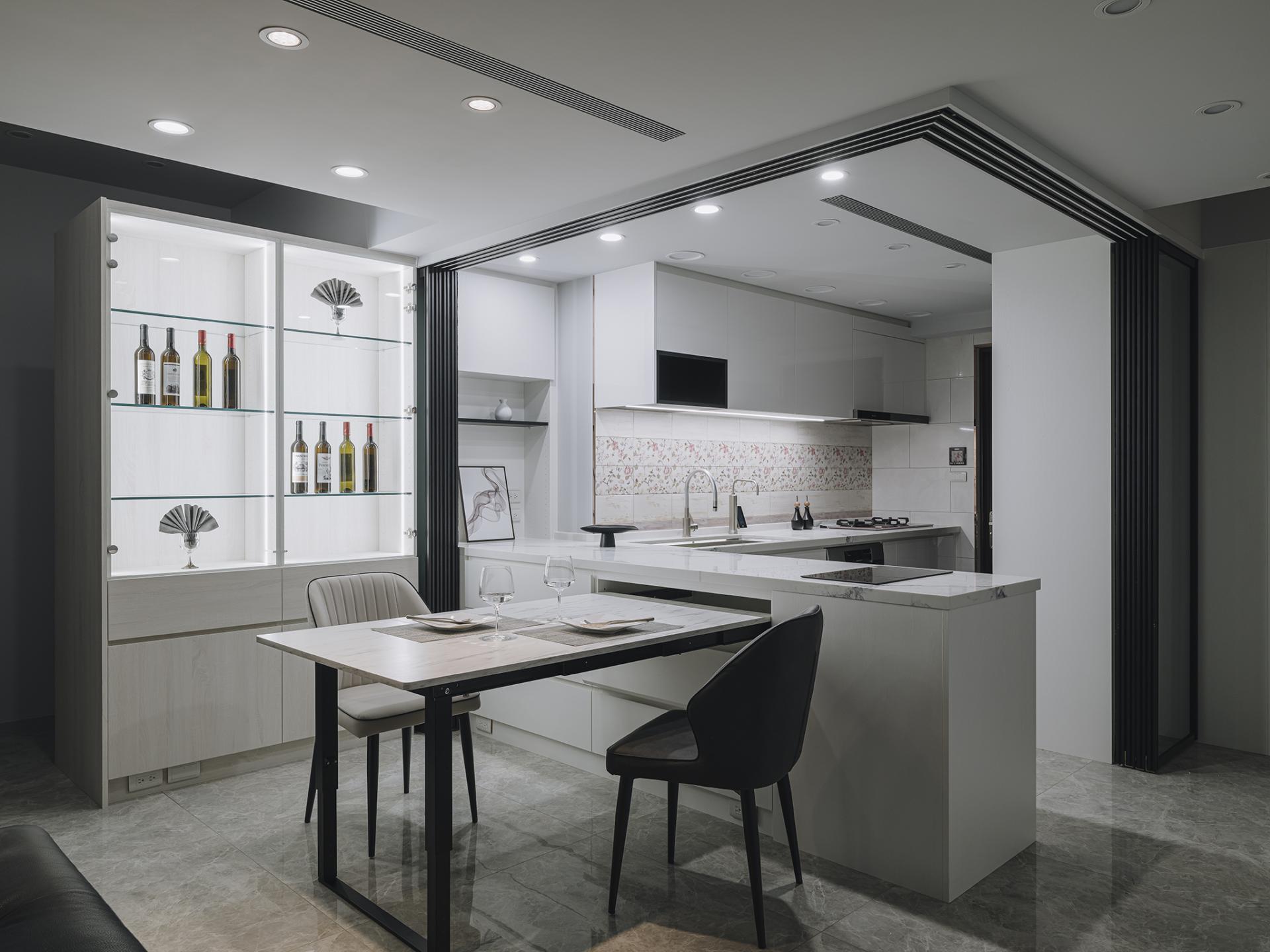An Accomplished Design Director’s Journey | Lin Hua Huang’s 10-Year Challenge

Baoqi Ding and Chuoer Liang, The Minds Behind Furco’s Success in Pet Care
December 24, 2024
Lviv Science Museum | Fueling the Desire for Discovery
December 24, 2024Lin Hua Huang
Lin Hua Huang, an accomplished design director with decades of experience, specialises in creating innovative, human-centred designs across residential, commercial, and renovation projects. Lin’s work transforms spaces into functional, welcoming environments that bring joy and inspiration to those who inhabit them.
With decades of experience as a design director in interior design, I hold several national certifications in Taiwan, including the Level B Technician for Building Interior Installation and Repair Management, the Professional Designer and Constructor Certificate, and the Accessibility Facilities Inspection Personnel Certificate.
My design work—which encompasses residential homes, renovations of older houses, commercial spaces, and space remodelling—is grounded in professional knowledge that has been approved by national authorities. Each project adheres to regulations and incorporates innovative, human-centred designs.
I am committed to transforming the impossible into the possible, creating warm and welcoming homes for everyone.
From an early age, I have exhibited a profound interest in programs and information pertaining to interior design and the remodelling of living spaces. Throughout my academic journey, I faced numerous challenges in my pursuit of excellence in this field, while simultaneously exploring the vast array of creative possibilities that interior design offers.
I possess a keen ability to engage with individuals and effectively articulate and comprehend their needs. Observing the joy and emotional responses of clients within the spaces I have designed provides me with a significant sense of accomplishment. This motivates me to continue disseminating such joy and to create innovative and aesthetically pleasing environments for a broader audience.
Unlike many interior design firms, our organisation places a significant emphasis on attentive listening and effective communication. This methodology enables us to swiftly comprehend the valuable insights of our clients and translate those ideas into concrete design solutions, ultimately culminating in the realisation of their envisioned spaces.
We provide fully customised designs for European-imported system furniture, which includes wardrobes, beds, storage cabinets, dining tables, display cabinets, and Japanese-style storage options. Beyond design, we oversee the quality of construction and prioritise user experience. Our company manages a comprehensive range of interior decoration projects, as we believe that a diverse portfolio allows for a more unified and efficient overall process.
I hold an appreciation for all design styles, as I believe that design should not be restricted or narrowly defined. When we liberate ourselves from limitations, we can foster the ability to create aesthetically pleasing and innovative works.
For example, within a modern design framework characterised by a palette of black, white, and grey tones, I would employ a variety of materials to establish a visual equilibrium between wood and stone. This approach may be regarded as a blend of European wooden style and contemporary design, underscored by the presence of streamlined metal lines. Ultimately, this methodology reflects a design philosophy that I favour and one that I believe will resonate positively with users.
The paramount consideration in design is the user's preferences and experience. A design that one might perceive as flawless yet fails to address the user's needs cannot be classified as an effective design; it fundamentally lacks empathy.
As interior designers, we leverage our professionalism and extensive experience to discern the style and approach that most appropriately aligns with each user. We endeavour to balance the requirements of others with our own artistic principles; only then can we accurately characterise a design as successful.
My design approach primarily emphasises the incorporation of wood and stone to achieve a harmonious balance between warmth, luxury, and nobility. In recent times, I have also begun to explore modern design as an emerging direction in my practice.
The client's vision for their space aligns seamlessly with my design specialisation. Considering the needs of family members and the crucial aspect of child safety, it is imperative to optimise all areas to enhance storage efficiency within the home. Additionally, I prioritise the unification of the interior style through well-defined lines and aesthetics, ensuring that safety and practicality remain at the forefront.
I dedicate considerable attention to understanding and articulating the client's genuine feelings and preferences, even when they may find it challenging to express them. My objective is to clearly and effectively translate these insights into an aesthetically pleasing and functional space.
This project exemplifies a diverse array of design elements that converge to create a cohesive and aesthetically pleasing environment, characterised by both clarity and ingenuity. The rationale for selecting this project for consideration in the award competition lies in its extensive use of stone, which facilitates a vivid representation of natural textures.
Additionally, warm wood materials are incorporated to enhance the space, providing a balance of the flowing characteristics of stone with the comfort and stability of wood. The objective is to harmonise these contrasting elements and to effectively communicate this design philosophy through the competition.
1. It is imperative to listen to the narratives of diverse users, empathise with their emotional experiences, engage in meaningful communication, and share their feelings.
2. The transformation of the impossible into the possible was accomplished through diligent trial and error, as well as meticulous preparation.
3. Upon the completion of the project, it was the manifestations of emotion among participants, their radiant expressions, and the atmosphere of optimism that left a lasting impression on me.
Winning Entry
Grisaille Whispers, Alicante Veil | London Design Awards
This remarkable interior design project is meticulously crafted to ensure the utmost comfort and safety of the residents, particularly the children. The designers ingeniously employ... (read more here)
Lin Hua Huang
Lin Hua Huang, an accomplished design director with decades of experience, specialises in creating innovative, human-centred designs across residential, commercial, and renovation projects. Lin’s work transforms spaces into functional, welcoming environments that bring joy and inspiration to those who inhabit them.
Read about the interview with Yuanwan Huang | Inspired by Heritage, Driven by Innovation here.


